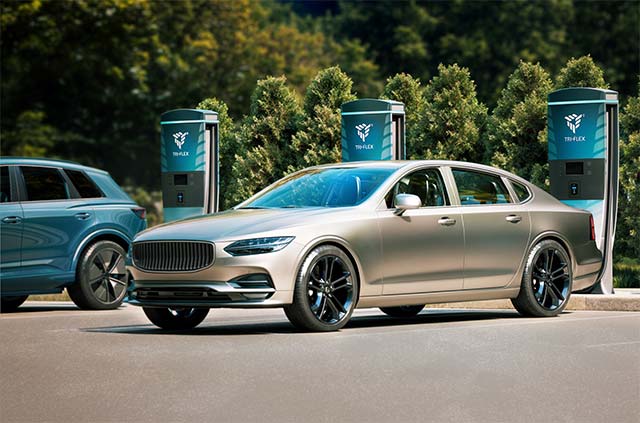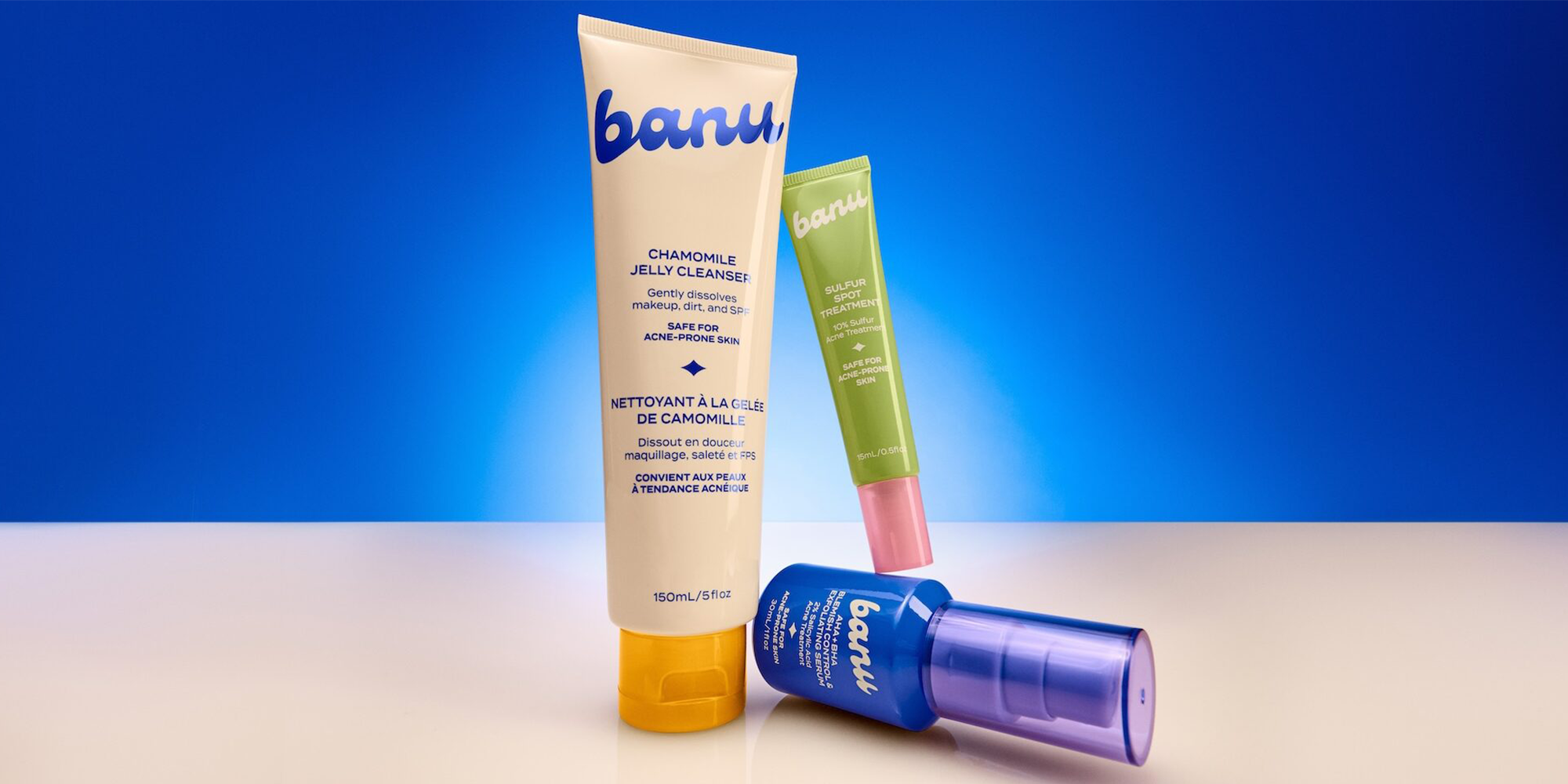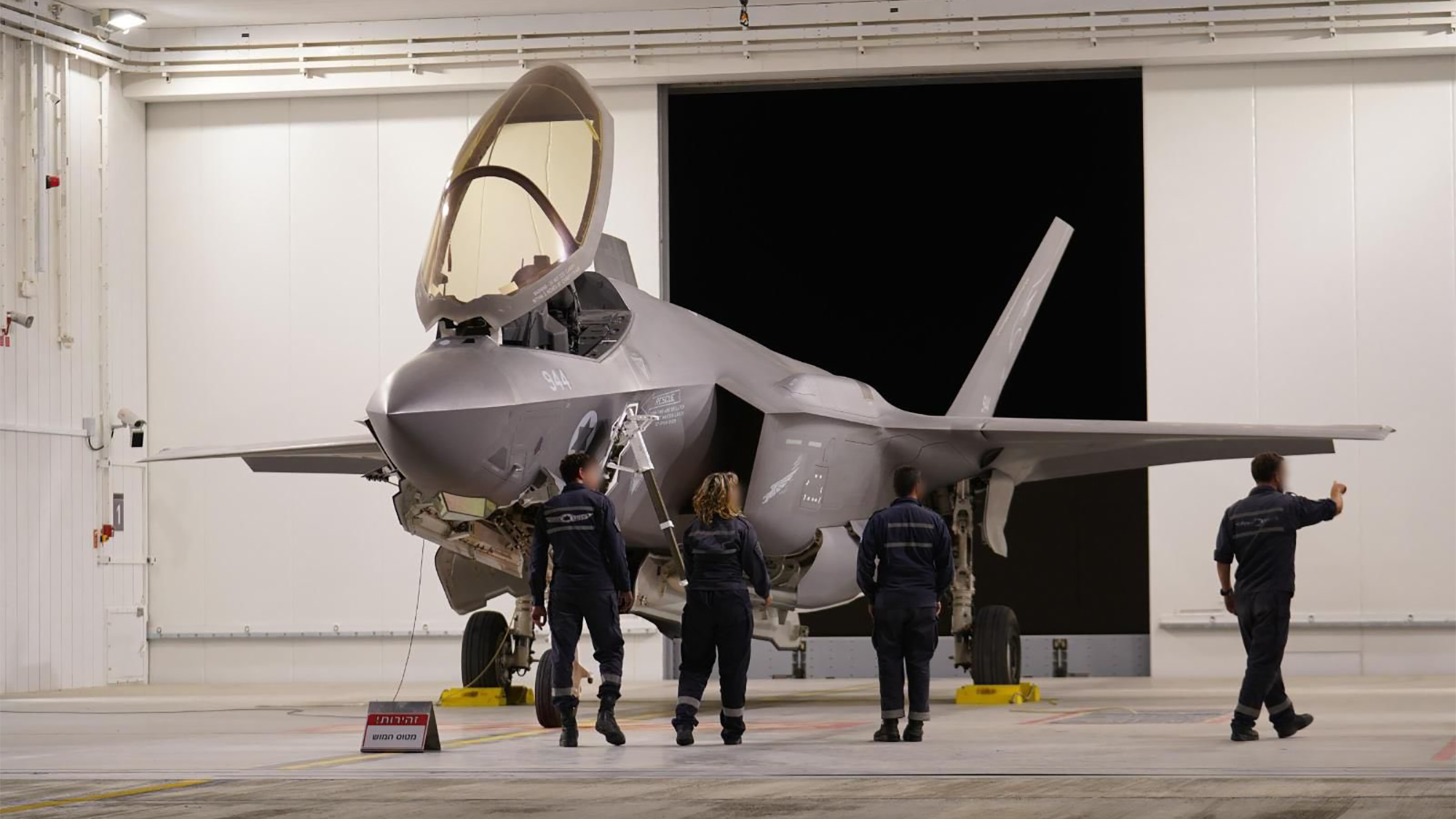McDonald’s Stock Downgraded for the 3rd Time in a Week; Analysts Blame Rising GLP-1 Drug Popularity
McDonald's has suffered in popularity due to drugs like Ozempic.

The Golden Arches have hit an unappetizing streak on Wall Street. McDonald’s shares have now been cut by analysts three times in as many trading days, with the latest “buy-to-sell” slap from Redburn Atlantic knocking the stock down another 1.7% on Tuesday, according to an explosive new report by CBS News.
Behind the sudden chill? A class of wildly popular weight-loss drugs—GLP-1 agonists such as Ozempic, Wegovy and Zepbound—that literally curb customers’ appetites.
A Week Of Red Ink For McDonald’s Shares
Loop Capital fired the opening salvo on June 6, trimming its rating to Hold on concerns that new McCrispy Strips were scoring poor consumer reviews. Then, Morgan Stanley followed on June 9, moving the stock to Equal-Weight and warning that McDonald’s premium valuation no longer matched its weakening pricing power. Finally, Redburn Atlantic’s June 10 downgrade completed the trifecta, slicing its target to $260 and—crucially—linking shrinking traffic to the soaring adoption of GLP-1 drugs.
Taken together, the three downgrades erased roughly $7 billion in market cap and pushed the shares toward their 200-day moving average for the first time since April.
Why GLP-1 Drugs Are A Structural Threat
GLP-1 medications blunt blood-sugar spikes and suppress hunger, and early research shows users cut total calorie intake by 20-30%. Redburn’s analysts estimate McDonald’s could forfeit 28 million U.S. visits annually—about $482 million in sales, or 0.9% of global revenue—if usage scales.
Although only 6% of adults currently take a GLP-1, 12% have tried one, and prescriptions are doubling every six months. The risk, Redburn cautions, is that “a 1% drag today could easily build to 10% or more” if appetite-shifted consumers make lighter orders—or skip the drive-thru altogether.
Lower-Income Exposure Magnifies The Risk
McDonald’s built its empire on value-driven, lower-income diners—the very cohort insurers are beginning to cover for GLP-1 therapy. Redburn’s data show these households cut restaurant spend and keep it depressed well beyond the first year on the drug. By contrast, higher-income users eventually return to old dining habits. That asymmetry could leave McDonald’s—and other mass-market chains—fighting a long-term erosion in transaction frequency.
Compounding the pain is “pricing fatigue.” Menu prices have climbed roughly 40% since 2019; the gap between eating out and cooking at home is still historically wide. As budget-strained guests rebel against $5 hash browns and $18 combo meals, McDonald’s room for defensive price hikes is shrinking fast.
The Snack Wrap Comeback: A Timely Counterpunch?
Management isn’t standing still. On July 10, the chain will resurrect the long-demanded Snack Wrap—now built around the new McCrispy Strip—in ranch and spicy flavors. Engineers trimmed prep steps and shared fryer space to keep kitchens humming, a nod to the operational snags that doomed the original 2016 version.
At roughly 300 calories and half the price of a premium sandwich meal, the Snack Wrap aims straight at two pressure points: consumers hunting for value amid sticky inflation and lapsed diners seeking smaller, “better-for-you” portions. Analysts at Morgan Stanley see the re-launch adding a modest lift to second-half U.S. comps but concede it won’t neutralize the macro threat from GLP-1 adoption.
Investor Takeaways Amid The Downgrade Wave
- Earnings sensitivity is rising. A 100-basis-point traffic hit would shave nearly half a billion dollars from annual sales—enough to ding EPS growth by 3-5% without cost offsets.
- Valuation looks stretched. Even after this week’s slide, McDonald’s trades near 25-times forward earnings vs. 19-times for Restaurant Brands and 12× for Wendy’s. Multiple compression is a real risk if downgrades continue.
- Menu innovation alone may not save the day. Snack Wraps could drive buzz, but the bigger battle is maintaining frequency as medical science rewires consumer behavior.
- Watch insurance coverage trends. If Medicare or major private plans broaden GLP-1 reimbursement, the demand overhang could accelerate.
- Long-term story hinges on value leadership. Leaner build processes, dynamic pricing, and loyalty-app offers will need to offset traffic headwinds without eroding margins.
The Bottom Line
McDonald’s has weathered many storms in its 69-year run on the NYSE, but the GLP-1 era introduces a novel headwind: customers who simply aren’t as hungry. Three downgrades in a week underscore how quickly sentiment can flip when a powerful secular trend collides with slowing consumer wallets. The Snack Wrap revival shows the company still knows how to rally its fan base, yet investors should treat the wrap as a sideshow, not a savior. Until the chain proves it can protect traffic and margin in a thinner-calorie future, the stock may struggle to command its usual premium.
















































































































































